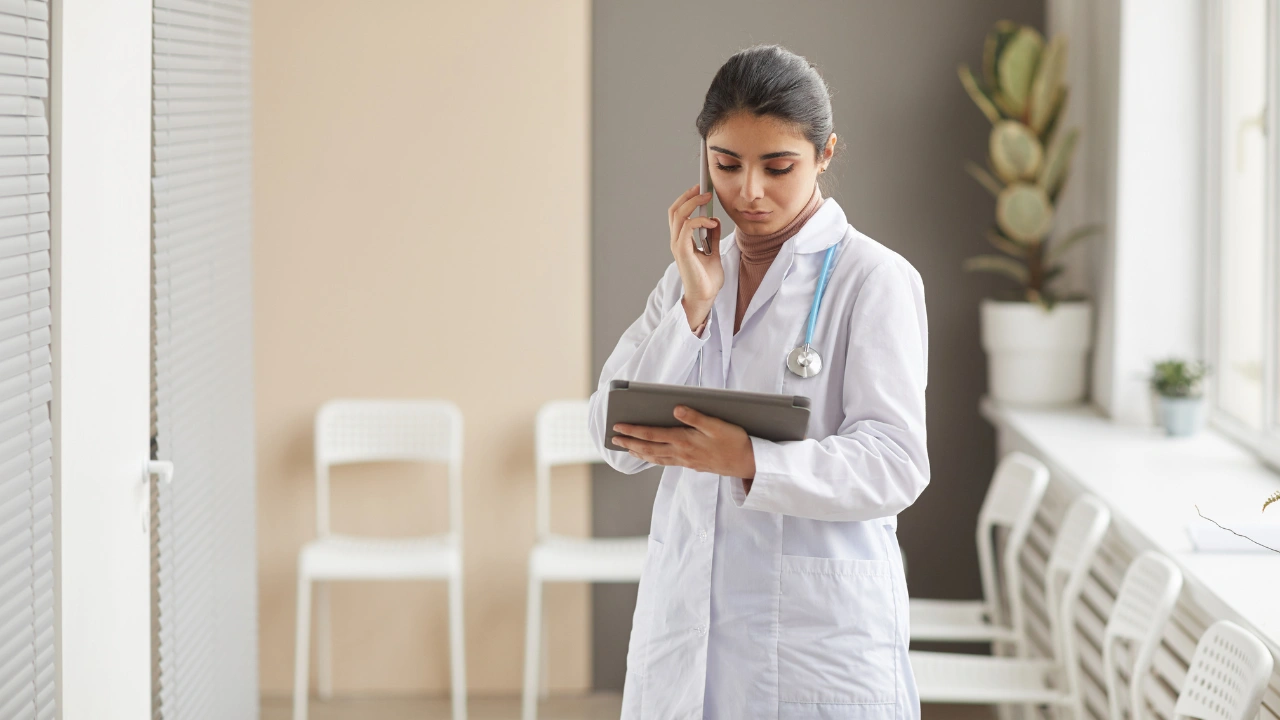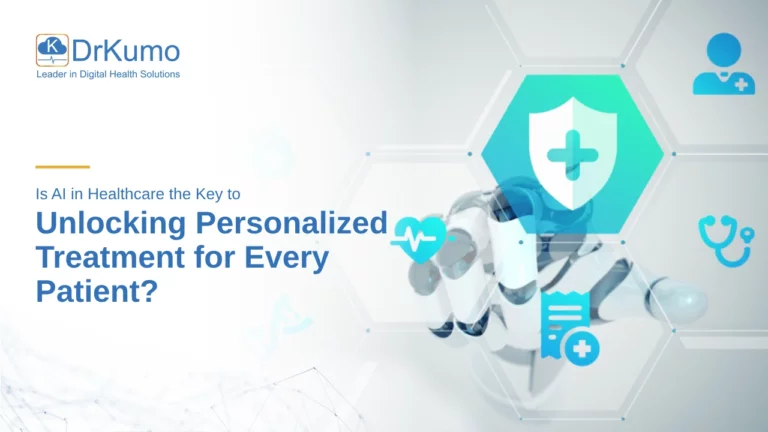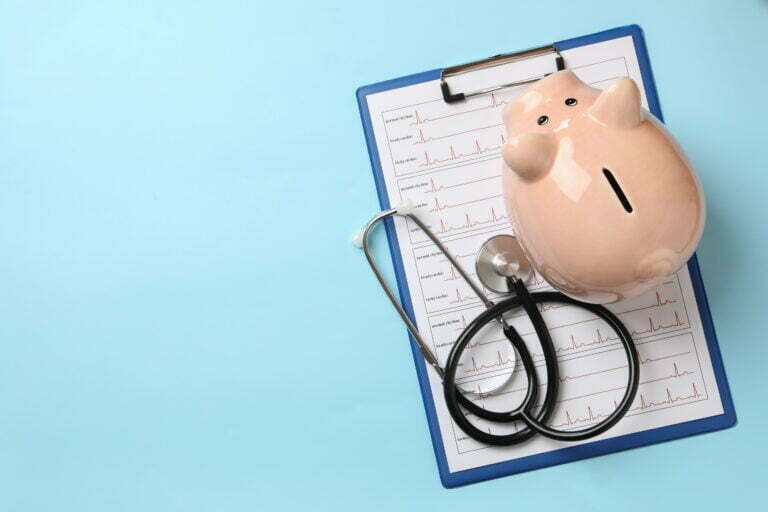Remote Physiologic Monitoring (RPM) is increasingly recognized as a key innovation in modern healthcare. By leveraging digital technology, connected devices, and data-driven insights, RPM allows providers to monitor patients’ vital signs and health metrics outside of traditional clinical settings. This shift not only enhances patient engagement but also positions RPM as the foundation of preventive care in an era where early intervention and proactive health management are critical.
Understanding Remote Physiologic Monitoring in Preventive Care
RPM refers to the collection and transmission of real-time patient health data, such as heart rate, blood pressure, weight, oxygen saturation, and glucose level, using FDA-approved digital devices. This data is transmitted to healthcare providers, who analyze the information to monitor patient progress, identify trends, and intervene before health issues escalate.
In preventive care, RPM supports the philosophy of catching problems early by consistently monitoring physiologic parameters, thus minimizing hospitalizations, reducing emergency visits, and improving long-term outcomes.
The Growing Role of RPM in Today’s Healthcare System
The shift from reactive to preventive healthcare is driving the rapid adoption of RPM across hospitals, clinics, and private practices. Several trends highlight why RPM has become indispensable:
- The rising prevalence of chronic diseases such as hypertension, diabetes, and heart failure requires continuous oversight.
- Aging populations demand long-term care and close monitoring of comorbidities.
- Healthcare cost pressures make preventive strategies essential for reducing unnecessary hospitalizations.
- Technological advancements have made connected devices more accurate, user-friendly, and accessible.
These factors make RPM not just a convenience but a necessity for delivering high-quality, preventive-centered healthcare.
Key Benefits of Remote Physiologic Monitoring in Preventive Care
1. Early Detection of Health Deterioration
RPM provides real-time visibility into patients’ vital signs, enabling providers to detect concerning trends before they escalate into emergencies. For instance, subtle fluctuations in blood pressure or oxygen saturation can signal early complications in patients with cardiovascular disease or COPD.
2. Reducing Hospital Readmissions
Preventive remote monitoring is highly effective in reducing costly hospital readmissions, particularly for patients with chronic conditions. By continuously collecting and analyzing patient data, this proactive approach ensures that clinical teams are promptly notified of any deviations from baseline health metrics. This allows for timely intervention, averting potential health crises and improving patient safety.
A review of over 100 studies, published in the Journal of Medical Internet Research (JMIR), found that remote patient monitoring programs significantly decrease hospitalizations. This research includes one meta-analysis that specifically highlighted a 66% reduction in heart failure readmissions.
3. Empowering Patients in Self-Management
RPM devices encourage patients to engage in their own health journey. By monitoring their metrics daily, patients develop awareness of lifestyle habits and treatment adherence. This patient-centered approach enhances compliance and encourages preventive behaviors.
4. Strengthening Provider-Patient Relationships
Instead of sporadic interactions during appointments, RPM fosters continuous engagement between patients and providers. This enhances trust, improves communication, and results in personalized preventive care.
5. Cost Savings for Patients and Healthcare Systems
Preventing complications through RPM significantly reduces healthcare costs. Avoiding emergency visits and extended hospital stays creates financial sustainability for both payers and providers, making preventive care more practical and effective.
For example, a study published in the Journal of Telemedicine and Telecare found that a remote patient monitoring program for heart failure resulted in significant cost savings, reducing healthcare expenditures by an average of $6,885 per patient per year, primarily by lowering hospitalization rates.
RPM and Chronic Disease Management in Preventive Care
Chronic diseases are responsible for the majority of healthcare spending and preventable hospitalizations. RPM addresses this challenge by ensuring continuous surveillance of patients with:
- Diabetes: Glucose monitoring devices record daily patterns and prevent dangerous hypo- or hyperglycemia episodes.
- Hypertension: Smart blood pressure cuffs allow for regular readings that reveal high-risk trends.
- Heart Failure: Weight monitoring devices help detect fluid retention, signaling worsening heart function.
- COPD and Asthma: Pulse oximeters and spirometers provide early warnings of respiratory decline.
Through these integrations, RPM strengthens preventive care strategies, shifting the focus from reactive treatment to proactive intervention.
Technologies Powering Remote Physiologic Monitoring
The success of RPM depends on advanced digital devices and secure data management systems. Key technologies include:
- Connected Devices: FDA-cleared monitors for blood pressure, glucose, ECG, pulse oximetry, and weight.
- Mobile Health Applications: Platforms that allow patients to log daily readings and receive reminders.
- Cloud-Based Data Storage: Secure systems that transmit and store sensitive health data.
- AI-Powered Analytics: Machine learning algorithms detect patterns and predict potential health risks.
- Telehealth Integration: Seamless combination of RPM data with telemedicine consultations enhances continuity of care.
These innovations ensure that preventive monitoring is accurate, scalable, and patient-friendly.
Regulatory and Reimbursement Support for RPM
In the United States, CMS has recognized the value of RPM in preventive care by creating specific RPM CPT codes that reimburse providers for remote monitoring services. This policy shift incentivizes physicians to adopt RPM solutions, ensuring sustainable implementation.
Additionally, regulatory frameworks emphasize HIPAA-compliant data security, ensuring patient trust in digital care delivery. With clear reimbursement structures and compliance guidelines, RPM adoption is expected to accelerate further in preventive care programs.
Overcoming Barriers to RPM Adoption
While RPM offers tremendous promise, some barriers remain:
- Digital Literacy Gaps: Not all patients are comfortable using monitoring devices.
- Connectivity Issues: Limited internet access can hinder data transmission in rural areas.
- Provider Workflows: Integrating RPM data into existing EHR systems can be complex.
- Cost of Devices: Although coverage is improving, device costs may still be a concern for some patients.
Addressing these challenges requires ongoing education, infrastructure investment, and streamlined digital health integration.
Future Outlook: The Expanding Role of RPM in Preventive Care
Looking ahead, Remote Physiologic Monitoring (RPM) is expected to play an increasingly important role in proactive and preventive healthcare delivery. As artificial intelligence, predictive analytics, and wearable technologies evolve, RPM will deliver even more precise, personalized insights for patients.
The future of healthcare will not only treat disease but prevent it altogether through continuous monitoring, early intervention, and patient empowerment.
DrKumo: Making Preventive Care Actionable with Remote Physiologic Monitoring
Preventive care is the future of medicine, and RPM is the engine driving this change. DrKumo’s RPM solutions provide a continuous, real-time look into a patient’s health, turning passive monitoring into active prevention. By automatically collecting and transmitting key physiological data, our platform allows you to detect subtle health changes that might otherwise go unnoticed.
This early detection capability empowers you to make proactive, evidence-based interventions that prevent the onset of serious conditions, keeping your patients healthier and reducing the overall burden on the healthcare system. DrKumo makes prevention the core of your practice.
Takeaways
RPM has moved beyond being just a technological innovation; it has become the pillar of preventive care. By offering early detection, reducing hospitalizations, empowering patients, and driving cost savings, RPM ensures a healthier population and a more sustainable healthcare system. As adoption grows, RPM will continue to redefine preventive care, transforming the way we manage chronic diseases and safeguard patient well-being.
Ready to make prevention the core of your practice? Learn more about DrKumo’s RPM solutions and start proactively improving patient health today. Contact DrKumo now!
Disclaimer: This content is for informational purposes only and is intended for healthcare providers. It does not replace professional medical advice, diagnosis, or treatment. DrKumo’s Remote Physiologic Monitoring solutions are medical devices intended to collect and transmit patient health data to healthcare providers for review. They are not intended to provide real-time monitoring of a patient’s condition or to be used as an emergency response system.








